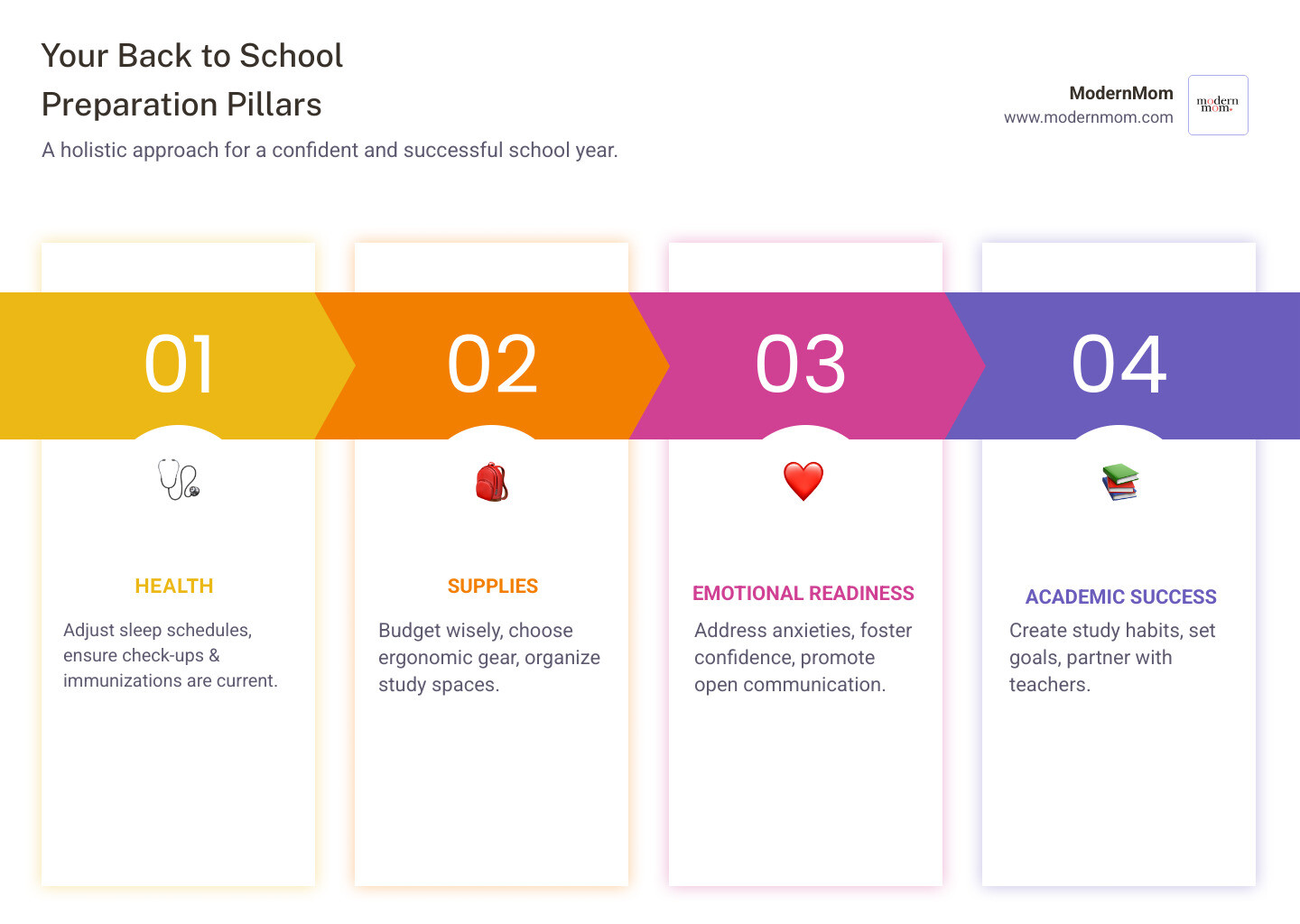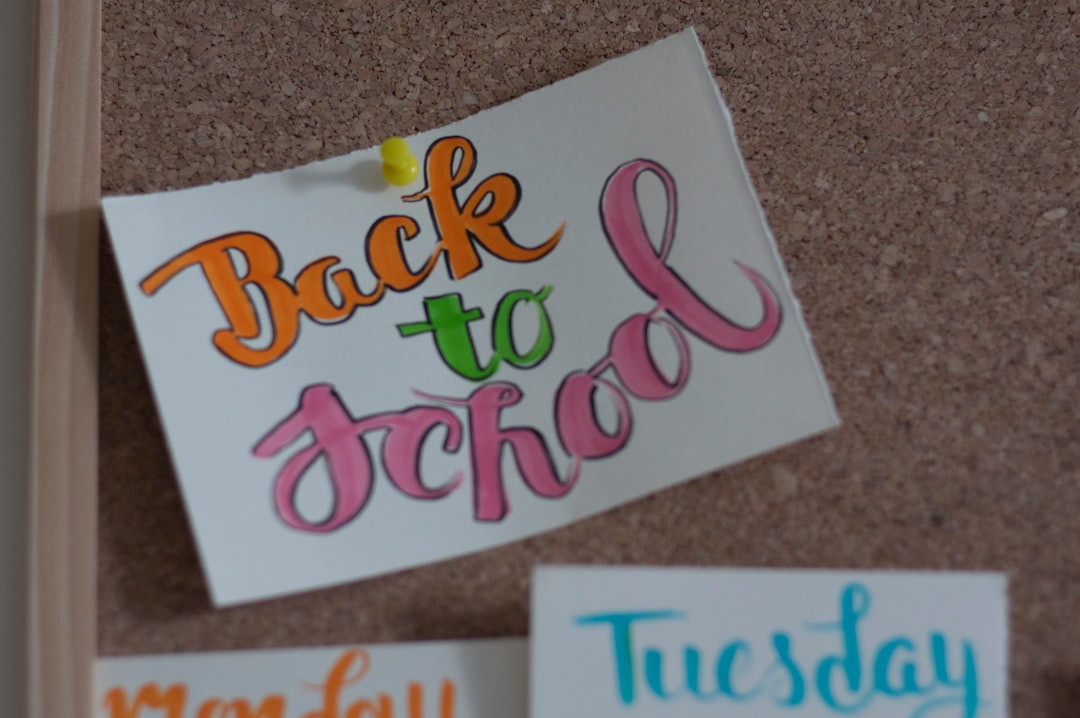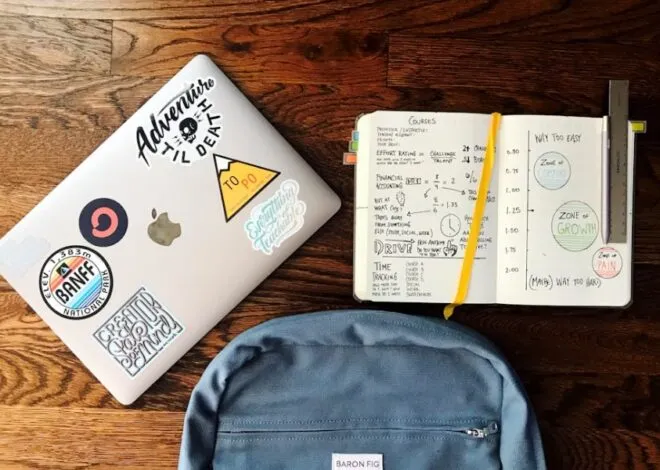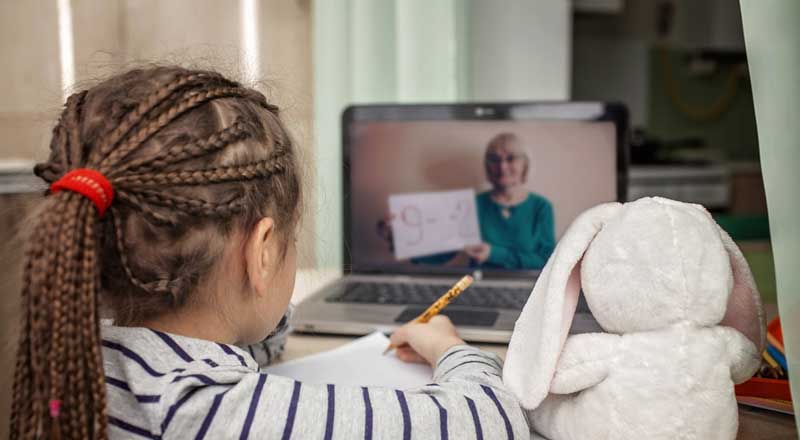Why Back to School Preparation Sets Your Family Up for Success
Back to School season brings a mix of excitement and anxiety. The transition from lazy summer days to structured school schedules affects everyone. Children may worry about new friends and academic pressure, while parents juggle logistics and emotional support.
Quick Back to School Essentials:
- Health: Establish sleep routines 1-2 weeks early, schedule checkups, update immunizations.
- Supplies: Budget for essentials, choose ergonomic backpacks (10-20% of body weight max), organize study spaces.
- Emotional: Address worries, practice new routines, focus on positive aspects of school.
- Academic: Set up homework areas, communicate with teachers, establish goals.
- Safety: Review transportation rules, discuss bullying prevention, update emergency contacts.
This preparation time is crucial. Research shows that not getting enough sleep is linked with lower academic achievement, and nutritious breakfasts improve concentration. The key is a holistic approach that addresses your child’s physical, emotional, academic, and social well-being.
When families invest time in thoughtful preparation, everyone feels more confident about the year ahead. This guide will walk you through each area with practical tips for a successful school year.

Mastering the Transition: Health, Routines, and Your Back to School Plan

With a little planning, you can help your family ease into the school year feeling healthy, rested, and ready. When kids get proper sleep, eat nutritious meals, and feel supported, everything else falls into place more easily.
Sleep schedules often take the biggest hit during summer. Scientific research shows that children who don’t get adequate sleep struggle with academic performance and concentration. Nutrition is also key, as a healthy breakfast improves focus. Don’t forget physical activity to help manage stress.
Before school starts, schedule well-child checkups and update immunizations. Also, take time for a mental health check-in. Open conversations about feelings—both excited and worried—help children feel supported.
Establishing a Healthy Sleep Routine
Start shifting bedtimes earlier by 15-20 minutes each night, beginning about two weeks before school starts. This gradual adjustment helps their internal clock reset without drama. Consistent bedtimes, even on weekends, are crucial for establishing a routine.
About an hour before bed, limit screen time, as the blue light can interfere with sleep. Instead, try calming activities like reading together or gentle stretching. For children who move a lot in their sleep, our guide on How to Stop Children Falling Out of Bed can help create a safer environment.
Nutrition for a Successful School Day
The importance of breakfast can’t be overstated. A nutritious morning meal with protein and whole grains improves concentration and memory. For healthy lunch ideas, focus on including a protein source, whole grains, and fruits or vegetables. Prepping ingredients on Sunday can make mornings smoother.
For smart snacks, choose foods that provide sustained energy, like apple slices with peanut butter or whole-grain crackers. Hydration is also crucial for concentration. Water and milk are much better choices than sugary sodas.
If you need new lunch gear, check out The Best Lunch Bags for Back to School: A Guide for All Ages. To help your children develop a healthier relationship with food, see our article on 8 Ways to Teach Your Kids Mindful Eating.
Gearing Up: The Ultimate Shopping and Supply Guide
Getting the right supplies doesn’t have to be overwhelming. With planning and smart shopping, you can set your child up for Back to School success while staying on budget. Before you head out, take inventory of last year’s supplies to save money.
Your most important tool is the official school supply list. Following the list provided by teachers ensures your child has what they need and helps you avoid impulse buys.
Back to School Must Haves 2019
Smart Shopping for School Supplies
First, check what you already have. You’ll often find enough pencils, erasers, or rulers to cross items off your list. Next, time your shopping to take advantage of back-to-school sales. While it’s tempting to grab the cheapest option, consider investing a bit more in high-use items like quality scissors or binders.
Supply needs vary by grade. Elementary students need basics like crayons and glue sticks. Middle schoolers require more organizational tools, while high school students may need specialized supplies and tech accessories.
Choosing the Right Backpack and Attire
A backpack needs to be comfortable and safe. Look for wide, padded shoulder straps and a padded back. The golden rule for weight is crucial: a backpack should never exceed 10-20% of your child’s body weight. Teach your child to use both straps and pack the heaviest items closest to their back.
For clothing, comfort is key. The athleisure trend (hoodies, leggings, joggers) is perfect for active kids and simplifies morning routines. Always check your school’s dress code before shopping. Building a wardrobe around neutral-toned pieces creates a versatile foundation. Fun fashion backpacks, sometimes with matching lunch boxes, let kids express their personality while staying organized.
The goal is to find supplies and clothing that help your child feel confident and prepared for their Back to School journey.
Nurturing a Positive Mindset: Emotional and Social Readiness

The emotional side of Back to School can be a roller coaster. Your child might be excited one minute and worried the next about making new friends or getting along with teachers. These feelings are normal and need our support.
As parents, we can help our children build confidence and social skills by creating a safe space for them to share their feelings. This isn’t about pretending everything will be perfect, but about helping them feel capable of handling what comes their way.
5 Ways to Increase Confidence in Your Daughter
Talking About School Worries
First, validate your children’s feelings. Instead of saying “Don’t worry,” try, “It makes sense that you’d feel nervous.” Encourage them to share specific worries so you can problem-solve together. If they’re anxious about a new school, visit the campus beforehand. If they’re worried about making friends, practice conversation starters.
Role-playing scenarios can build confidence for real situations. Keep an eye on their behavior, and if persistent anxiety continues, consider seeking professional help. This is also a good time to discuss kindness and inclusion, referencing research on talking about racism and kindness.
Navigating School Social Life
We can help our kids steer friendships, peer pressure, and social dynamics. Remind them that good friendships start with small acts of kindness and being themselves.
Bullying prevention requires ongoing conversations. Make it clear that bullying is never acceptable. Teach your child to respond assertively (stand tall, stay calm, walk away) and to ask a trusted adult for help. If your child exhibits bullying behavior, set firm limits and help them develop empathy. Encourage children who witness bullying to be brave bystanders who support the targeted child and tell an adult.
Digital citizenship is also crucial. Update your family media plan to balance screen time with face-to-face interactions and monitor online activity to identify potential issues. The goal is to equip them with the skills and support to handle social challenges.
Setting the Stage for Academic Success

Setting your child up to thrive academically is at the heart of Back to School preparation. This is about helping your child develop confidence, independence, and good study habits by creating the right environment and routines for learning.
Success depends on a dedicated study space, consistent homework routines, and strong communication with teachers. When these pieces work together, homework becomes less of a battle. The goal is progress, not perfection, and building strong partnerships with your child’s school creates a team approach that benefits everyone.
Creating an Effective Homework Environment
Create a dedicated study space that is consistent and free from distractions. It doesn’t need to be a whole room; a well-lit corner of the kitchen table works if used daily. Keep all necessary supplies within arm’s reach.
Minimizing distractions is crucial. Establish clear boundaries around screen time and social media during homework hours. Your role is to be available for support without doing the work for them. Answering questions and offering encouragement helps them learn and build confidence.
Review their assignments nightly, focusing on understanding. Ask questions like, “What did you learn today?” to stay connected. Simple tools like checklists, timers, and color-coded folders can help a child who struggles with organization.
Partnering with Teachers
Your child’s teacher is your most important partner in their academic journey. Open communication is everything. Introduce yourself at the beginning of the year and check in periodically.
Parent-teacher conferences are golden opportunities. Come prepared with questions about their strengths and areas for growth. Ask how you can support learning at home. Encourage your child to advocate for themselves by asking questions when they don’t understand—a vital life skill.
Understanding and supporting school policies at home creates consistency. When challenges arise, work together on solutions rather than placing blame. Teachers want your child to succeed, and approaching the relationship as a partnership creates the best environment for their growth.
A Fun Family Throwback: The “Back to School” Movie Night

After all the serious Back to School prep, it’s time to relax with a family movie night. A great way to celebrate is with the 1986 comedy classic “Back to School,” starring the incomparable Rodney Dangerfield. It’s a lighthearted take on college life that will have the whole family laughing.
All About the 1986 Classic “Back to School”
In the film, wealthy but uneducated businessman Thornton Melon (Dangerfield) finds his son is struggling in college. His solution? Enroll in college himself! The resulting chaos is pure comedy gold as he bribes his way in, falls for his English professor (Sally Kellerman), and even hires Kurt Vonnegut to write a paper about Vonnegut’s own work.
The film also features a young Robert Downey Jr. as his son’s quirky roommate. Beyond the laughs, the movie explores father-son relationships and the value of education versus real-world experience. The film earned an impressive 87% on Rotten Tomatoes, with critics praising Dangerfield’s comedic timing and the film’s heart.
Fun Facts and Where to Watch
- Real-Life Skills: Just like his character, Rodney Dangerfield was an accomplished acrobatic diver in his youth, making the film’s diving finale authentic.
- Cameos: The movie features fun appearances by Kurt Vonnegut himself and the band Oingo Boingo.
- Box Office Hit: Released in 1986, it was the 6th highest-grossing film of the year.
Ready for movie night? “Back to School” runs for 96 minutes, has a PG-13 rating, and is perfect for families with tweens and teens. You can stream it with a subscription on Prime Video or rent it through Fandango at Home. Grab the popcorn and enjoy this wacky celebration of learning and family.
Frequently Asked Questions about Back to School Prep
As we wrap up, you might still have some questions. Here are answers to the most common concerns we hear from parents during the Back to School season.
How can I help my child adjust to a new school?
Starting at a new school can be overwhelming, but preparation helps. The key is familiarity and reassurance.
- Visit the school beforehand. Walk the hallways, find the cafeteria, and locate their classroom to reduce first-day anxiety.
- Meet the teacher. A brief introduction before the first day can make them feel more connected.
- Find a buddy. Having a familiar face, like a neighbor or friend, can make a huge difference.
- Validate their feelings while focusing on the positives. Acknowledge their nerves, but also talk about the exciting possibilities ahead.
What is the best way to manage the morning rush?
The secret is shifting as much as possible to the night before.
- Pack lunches after dinner.
- Lay out clothes before bed.
- Pack backpacks with homework and supplies right after study time.
Set realistic alarms with buffer time for unexpected delays. Create a simple, consistent morning routine (get dressed, eat breakfast, grab backpack) that becomes automatic. A rotation of quick breakfast options like bagels or yogurt can also save time.
How much should my child’s backpack weigh?
This is a crucial safety question. The general rule is no more than 10% to 20% of your child’s body weight. A 60-pound child’s backpack shouldn’t exceed 6 to 12 pounds.
- Use both shoulder straps to protect their spine and posture.
- Pack the heaviest items closest to their back for better weight distribution.
- Clean out the backpack weekly to remove unnecessary items.
If your child complains about back or shoulder pain, the backpack is likely too heavy or not fitted properly. Don’t ignore these red flags.
Conclusion
We’ve covered every corner of Back to School preparation, from sleep routines to homework spaces. But this is about more than just checklists; it’s about setting your family up to thrive. By taking a holistic approach—nurturing their physical health, emotional resilience, academic readiness, and social confidence—you’re giving them tools for life.
The child who feels rested is ready to learn. The kid who can talk through worries is better equipped for social challenges. You’re not just preparing them for this school year; you’re teaching them how to prepare themselves for the future.
You’ve got this, mama. Some mornings will still be chaotic, and that’s normal. What matters is the foundation of healthy habits, open communication, and loving support you’ve built.
Parenting doesn’t come with a manual, but you don’t have to do it alone. We at ModernMom are here with practical advice and a reminder that you’re doing a great job.
Here’s to a school year filled with growth and learning. You’ve done the prep work—now it’s time to watch them shine.
Explore more lifestyle tips for your family






